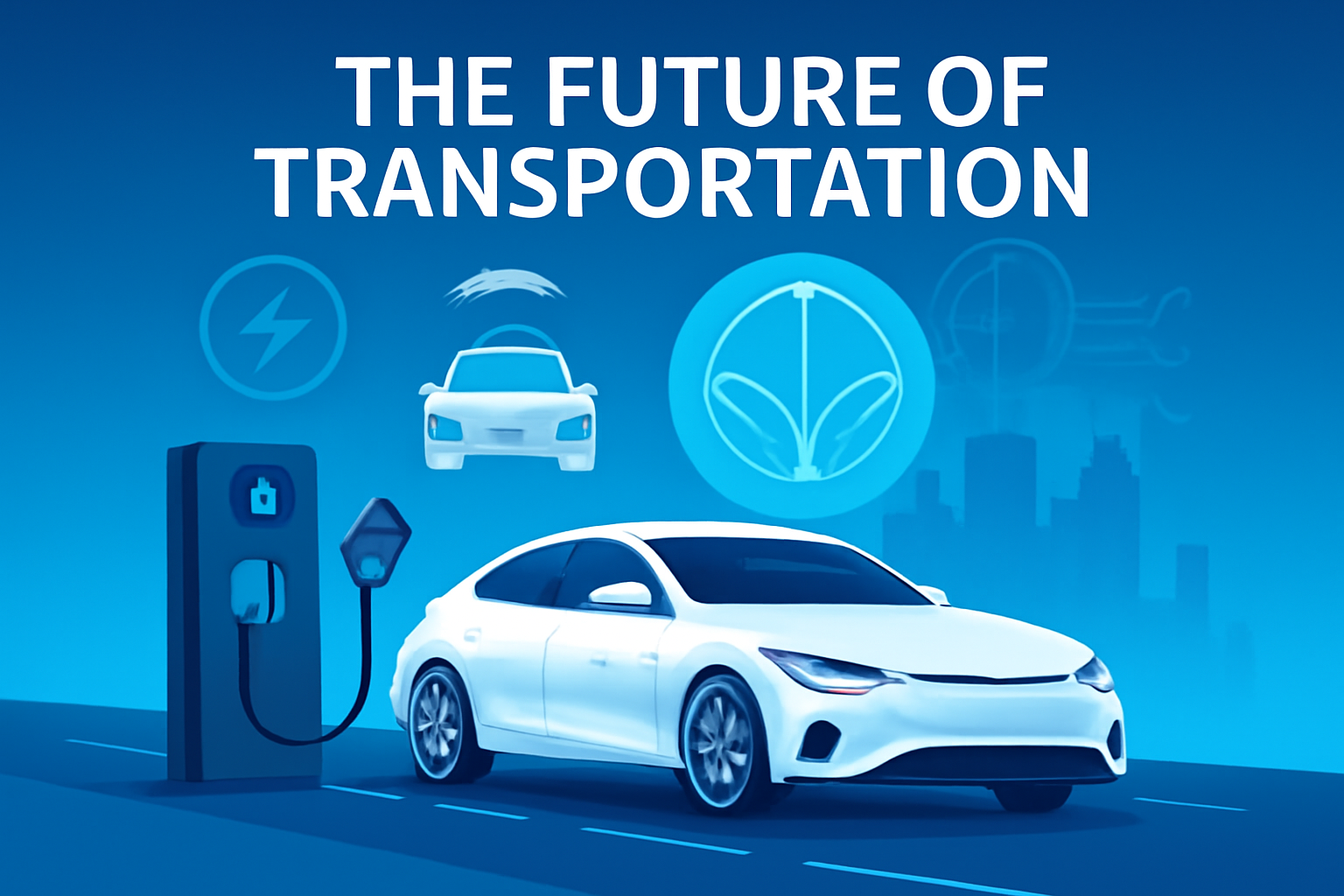Location
Mount Vernon, WA 98274
Location
Mount Vernon, WA 98274

As the automotive industry rapidly evolves, innovative technologies are reshaping how we think about transportation. From electric vehicles to autonomous driving, the future is not just about getting from point A to point B, but how we can do so more sustainably and efficiently.
As climate change continues to be a pressing global issue, the automotive industry is witnessing a significant shift towards electric vehicles (EVs). According to a recent report by the International Energy Agency, the sales of electric cars have increased by over 40% globally in the past year, indicating a clear consumer preference for sustainable options. Major automakers, including Ford and Volkswagen, have announced ambitious plans to transition their entire fleets to electric by the end of the decade, aiming to reduce carbon emissions and meet stricter government regulations.
Another groundbreaking advancement in automotive technology is the development of autonomous vehicles. Companies like Waymo and Tesla are at the forefront of this revolution, leveraging artificial intelligence and machine learning to create self-driving cars that promise to enhance road safety. Current statistics show that approximately 94% of serious crashes are due to human error, suggesting that fully autonomous vehicles could significantly reduce this number. However, ethical considerations and regulatory frameworks remain challenges that need to be addressed before widespread adoption.
The future of transportation is not only about the vehicles themselves but also about the infrastructure that supports them. Smart city initiatives are being implemented worldwide, incorporating connected technology to improve traffic management and reduce congestion. For instance, cities like Barcelona are using real-time data to optimize traffic lights and improve public transportation efficiency. Moreover, vehicle-to-everything (V2X) communication is paving the way for vehicles to interact with their surroundings, enhancing overall safety and mobility.
While personal vehicles receive much of the attention in discussions about automotive technology, public transportation remains a critical component of sustainable urban mobility. Innovations such as electric buses and high-speed trains are becoming more prevalent, offering efficient alternatives to traditional fossil-fuel-powered transit. Recent investments in public transit infrastructure, especially in urban areas, emphasize the importance of creating comprehensive transportation networks that prioritize accessibility and environmental responsibility.
The future of automotive technology and transportation hinges on collaboration among automakers, governments, and technology firms. As innovations continue to emerge, the goal must remain clear: to create a transportation ecosystem that is not only efficient and safe but also aligns with our commitment to sustainability. As we embrace these technological advancements, it’s essential to keep public interests at the forefront, ensuring that the benefits of these developments are accessible to all.